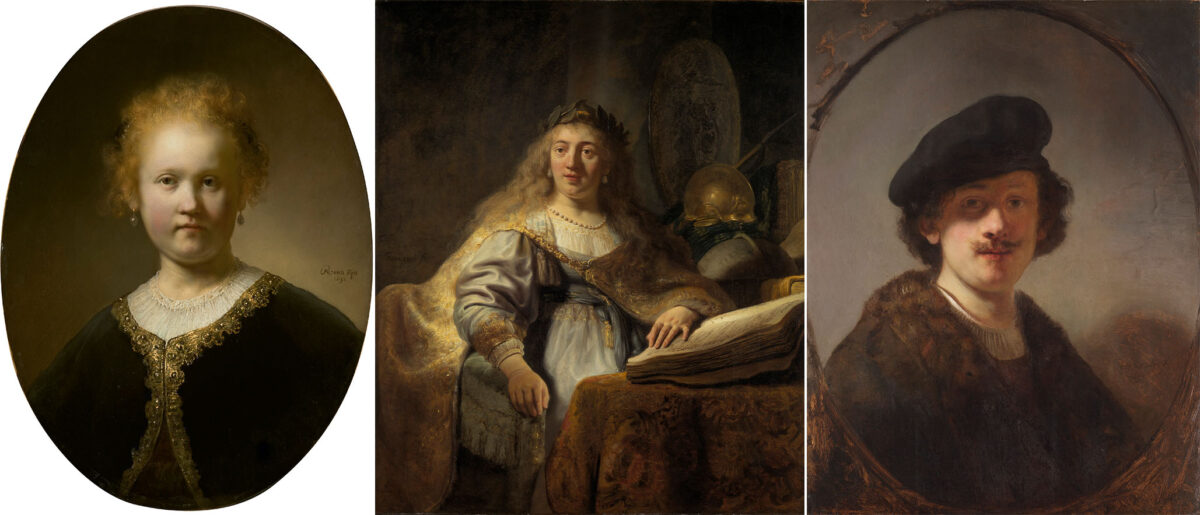Seventeen Rembrandts and the Leiden Collection: A Fresh Look at Mastery and Giving
Seventeen Rembrandts, masterpieces by his best students, and the Leiden Collection, a pioneer in philanthropy mark a rare moment where scholarship, connoisseurship, and generosity converge. That combination creates a show more about relationships than single names, pairing Rembrandt’s unmistakable touch with the workshop energy that spread his methods. The result is an exhibition and a story that challenge how we think about authorship and cultural stewardship.
Seeing seventeen works attributed to Rembrandt in one place changes the scale of the conversation. It’s not just about a single genius but about the visual language that he built and passed on to pupils and collaborators. Each picture becomes evidence of a practice that was both personal and communal.
Alongside those Rembrandts are masterpieces by his best students, which illuminate the flow of ideas across a studio. Those works show how pupils absorbed technique, adapted themes, and sometimes outshone the master in particular genres. That dialogue between teacher and pupil is essential for understanding 17th-century workshop culture.
The Leiden Collection’s role is more than lender; it is a model of modern collecting that actively supports research and access. By funding conservation, sharing works with museums, and underwriting scholarship, the collection turns private ownership into a public resource. That philanthropy reshapes how masterpieces are seen and studied.
Loaning major works from a private collection forces museums and curators to rethink narratives in galleries. Placing Rembrandts and student works together encourages visitors to compare brushwork, compositional choices, and studio habits side by side. Those juxtapositions enrich interpretation without flattening the complexity of attribution.
Conservation is a quiet but decisive player in this story; cleaning and technical study often reveal workshop processes that visual inspection alone misses. Infrared reflectography, x-rays, and pigment analysis can confirm hands and stages of work in ways that feel almost forensic. The Leiden Collection’s investment in that science has broadened the base of evidence for attribution debates.
Provenance research adds another layer, showing how works moved through collections, markets, and institutions before arriving in this display. Tracing ownership can complicate simple labels of “master” or “student” by revealing how tastes and valuations shifted. Those histories remind us that every painting has a biography beyond its surface.
Educational programs tied to these loans amplify the impact by inviting scholars, students, and the public into the conversation. Seminars, catalog essays, and curator talks build the context that makes a show more than pretty pictures on a wall. That emphasis on learning aligns with the Leiden Collection’s philanthropic aim to democratize access to art history.
Ultimately, the value of bringing Seventeen Rembrandts together with masterpieces by his best students lies in the new questions it raises. It encourages viewers to look closely at craft, credit, and collaboration without settling for comfortable answers. That open-ended approach is exactly the kind of cultural work that changes how we see the past and how we care for it going forward.

